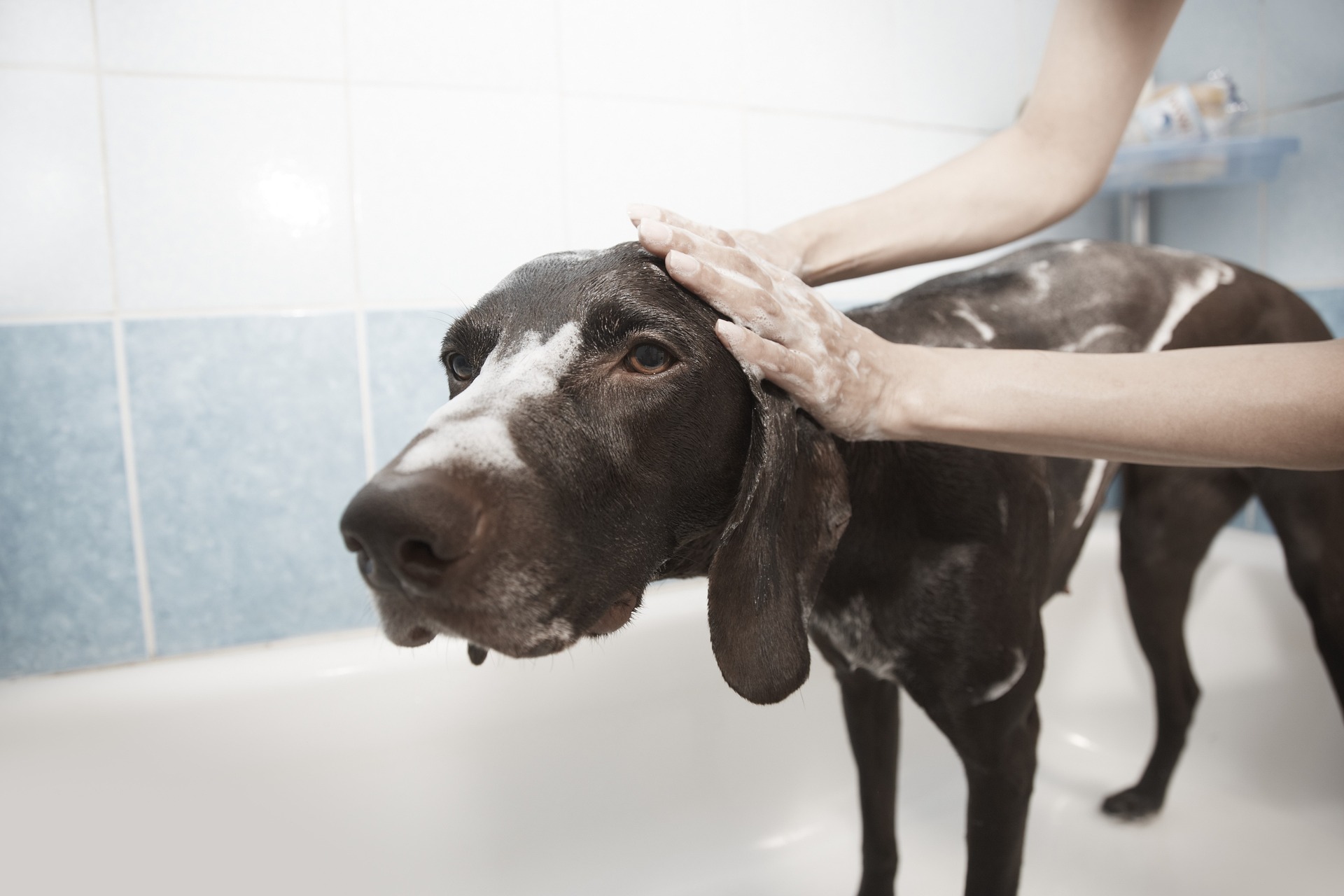Identifying household hazards and simple prevention steps
A concise guide to spotting common dangers in the home and practical prevention measures for pets. Learn how everyday items, routines, and environments can affect behavior, health, and safety, with straightforward steps to reduce risk and support long-term wellbeing.
Keeping pets safe at home begins with knowing where risks commonly occur and adopting simple, consistent prevention routines. Many hazards are familiar—foods, chemicals, small objects, or unstable furniture—but the ways pets interact with them depend on behavior, age, and health. Observing your pet, adapting the environment, and applying basic training and hygiene measures can prevent accidents and reduce stress for both animals and people. This article covers practical steps for owners and caregivers to reduce household hazards while supporting grooming, nutrition, enrichment, and overall care.
This article is for informational purposes only and should not be considered medical advice. Please consult a qualified healthcare professional for personalized guidance and treatment.
How can behavior and training reduce risks?
Pets explore with mouths and paws; understanding typical behavioral patterns helps prevent incidents. Supervision is critical for puppies, kittens, and newly adopted animals during their learning phase. Use simple training techniques—such as teaching leave-it, recall, and settle—to redirect dangerous interactions with cords, trash, or toxic plants. Socialization also reduces fear-based reactions that may cause pets to bolt into unsafe areas. For animals with anxiety or high energy, enrichment activities and consistent exercise reduce destructive behavior that could lead to ingesting hazards. Regularly reassess training as pets age or their household routines change.
What grooming, dental and hygiene steps lower household dangers?
Proper grooming and dental care can prevent secondary hazards, such as infections or mobility issues that increase risk at home. Regular brushing and nail trims reduce the chance of accidental scratches or nail-related snags on fabrics and furniture. Dental hygiene prevents painful oral disease that can change eating habits, leading to choking or selective chewing of non-food items. Keep grooming supplies secured so curious pets cannot chew leashes, scissors, or chemical-laden shampoos. Check ears, skin, and paw pads for irritations that may make pets lick or chew excessively, increasing exposure to harmful substances.
How does nutrition, diet and exercise relate to household safety?
A balanced diet supports healthy weight and mobility, which lowers the risk of injuries from falls or overexertion. Monitor food storage: human foods like chocolate, xylitol, grapes, and certain nuts are toxic to many pets and should be kept well out of reach. Feeding areas should be calm and free of hazards like small objects or choking risks. Regular exercise prevents boredom-driven chewing that can lead to ingesting dangerous items. Adjust diet and activity levels with life-stage changes—young, adult, and senior pets have different nutritional and exercise needs that affect behavior and indoor safety.
What healthcare measures, vaccination and microchipping help in emergencies?
Routine veterinary care, vaccination, and microchipping are key safeguards if a pet becomes ill or is lost. Keeping vaccination records current protects pets from common infectious diseases that might require special home isolation or treatment, which influences how you manage household access and cleaning. Microchipping and updated identification make reunification easier if a pet escapes through an unsecured door or broken screen. Keep an emergency kit with basic first-aid supplies, the vet’s contact, and information about local clinics or emergency services in your area.
How can mobility and enrichment reduce accident risks?
Pets with limited mobility—because of age, injury, or medical conditions—need environmental adjustments to remain safe. Provide non-slip surfaces, ramps for high furniture, and easily accessible water and litter or toileting areas. Enrichment strategies such as puzzle feeders, safe chew toys, and interactive play reduce stress and destructive behaviors that otherwise might expose pets to hazards. Rotate toys and monitor them for wear; broken toys can create choking hazards. For adopted pets, gradually introduce new household layouts to prevent stress-driven escapes or hiding in dangerous spots.
What role does socialization and adoption preparation play in home safety?
Bringing a new pet home requires planning to reduce hazards before the animal arrives. Prepare a safe zone with bedding, food, and toys away from busy household areas. Use gradual introductions to other pets and family members to prevent fights or panic. Proper socialization reduces fear responses that can lead to running into traffic or escaping through an open door. When adopting, ask about prior behavior, medical history, and any special care needs so you can tailor the home environment—such as securing trash, installing screens, or creating no-go zones—to the pet’s temperament and health.
A careful, observant approach can turn many household risks into manageable issues. Regularly inspect your home for small items, chemical storage, and unstable furniture; match your pet’s environment to their age, mobility, and behavior; and maintain consistent grooming, nutrition, training, and healthcare routines. Together, these measures build a safer, more comfortable home that supports long-term wellbeing without complex changes.






